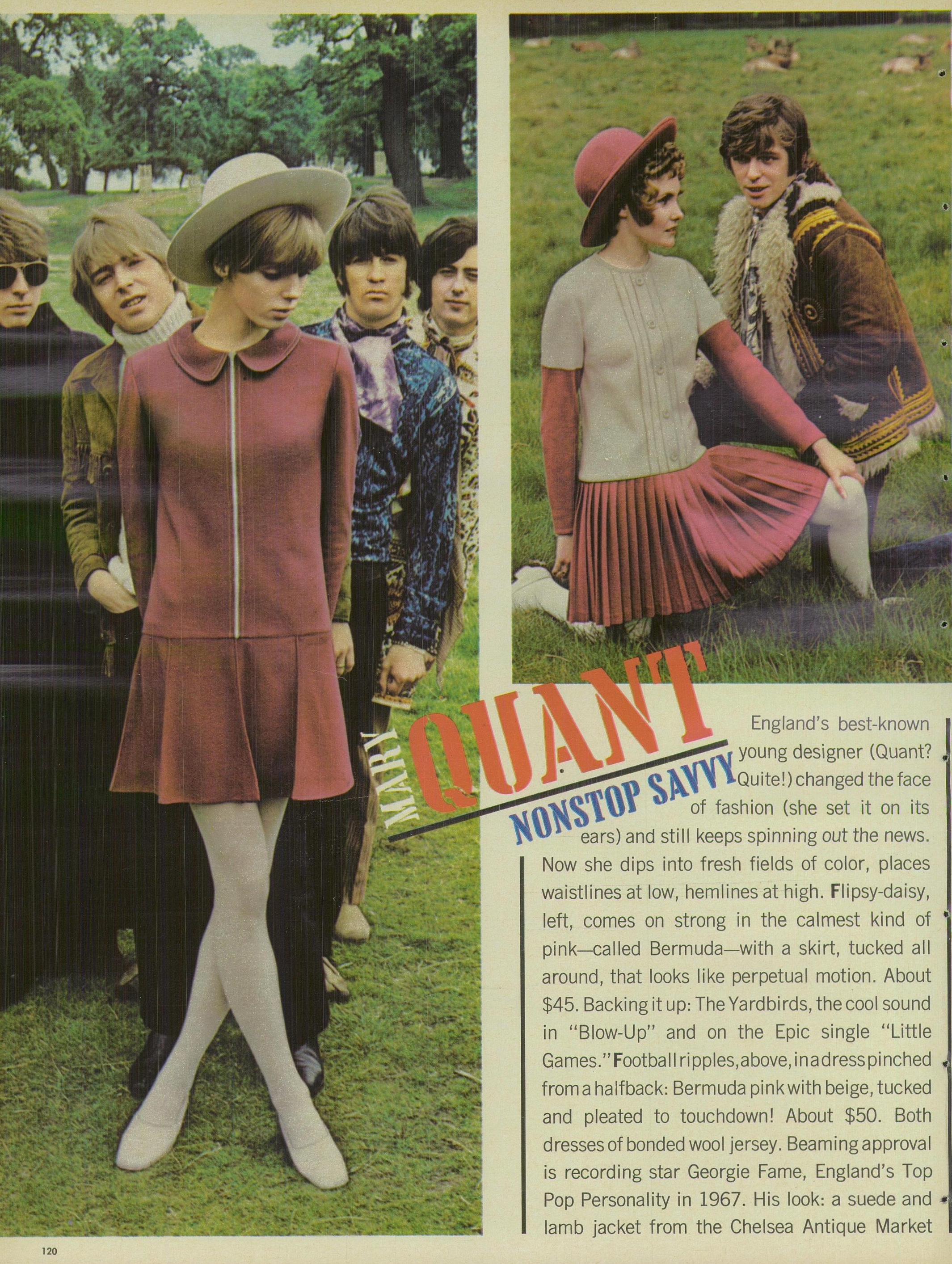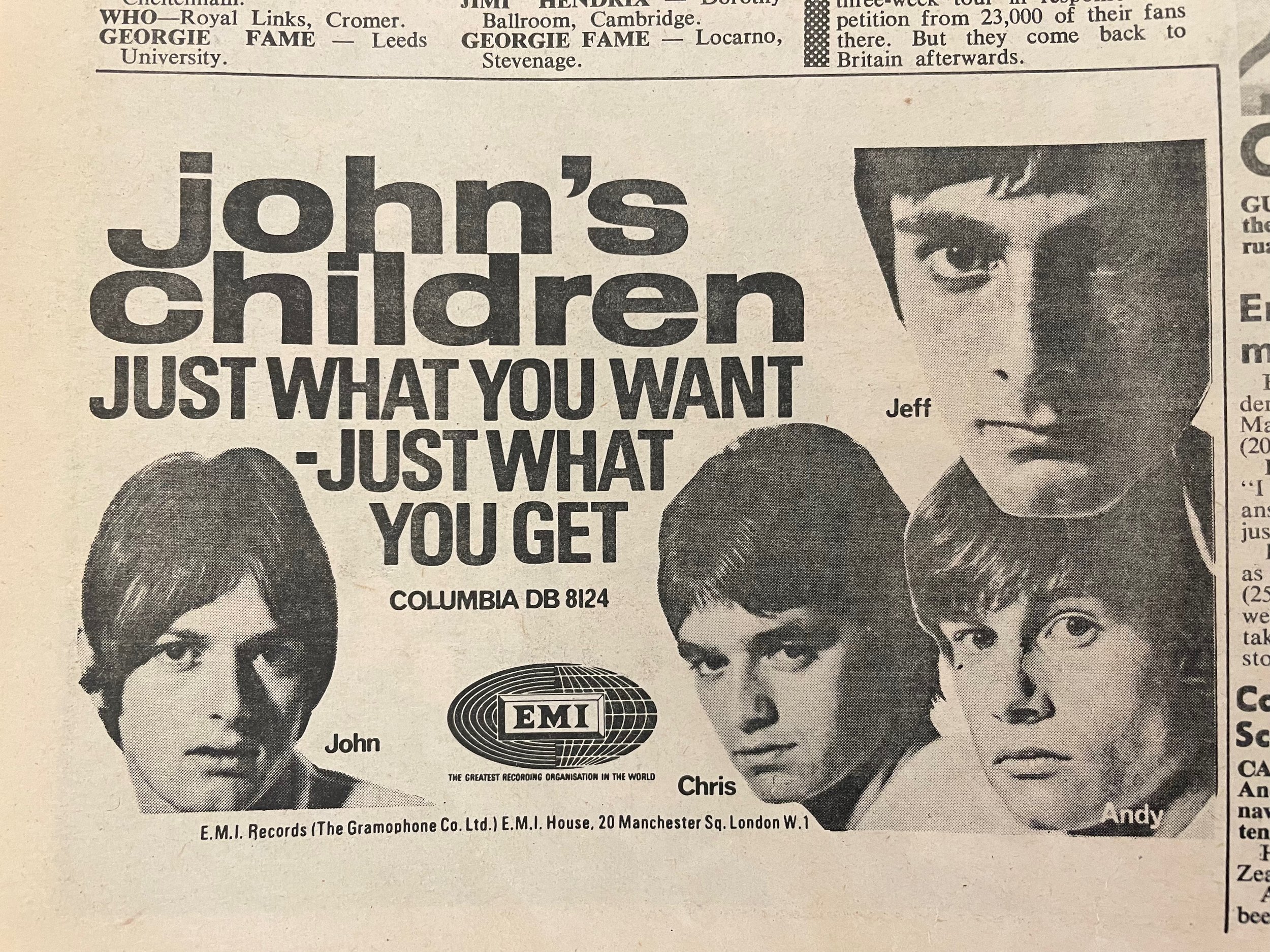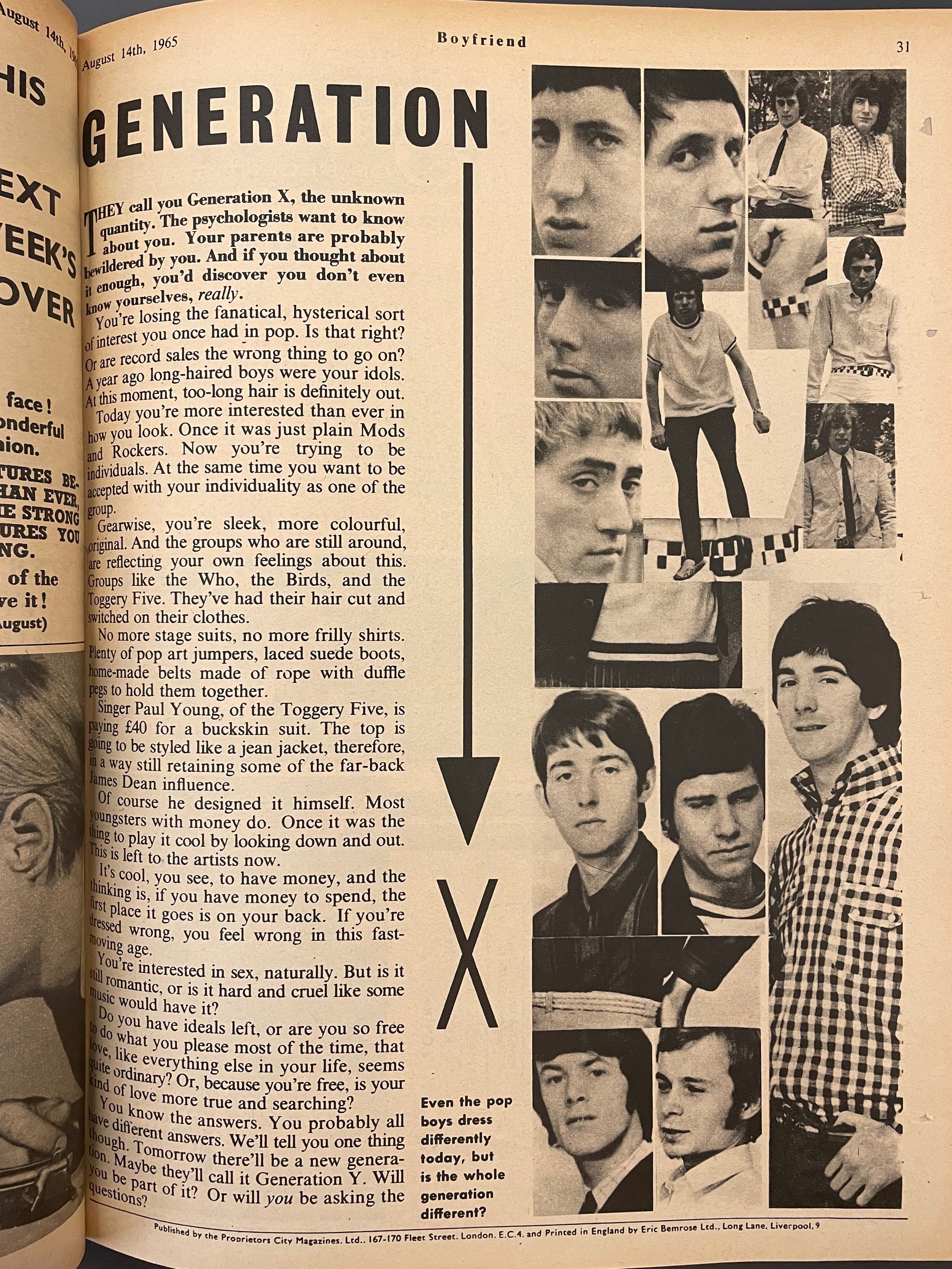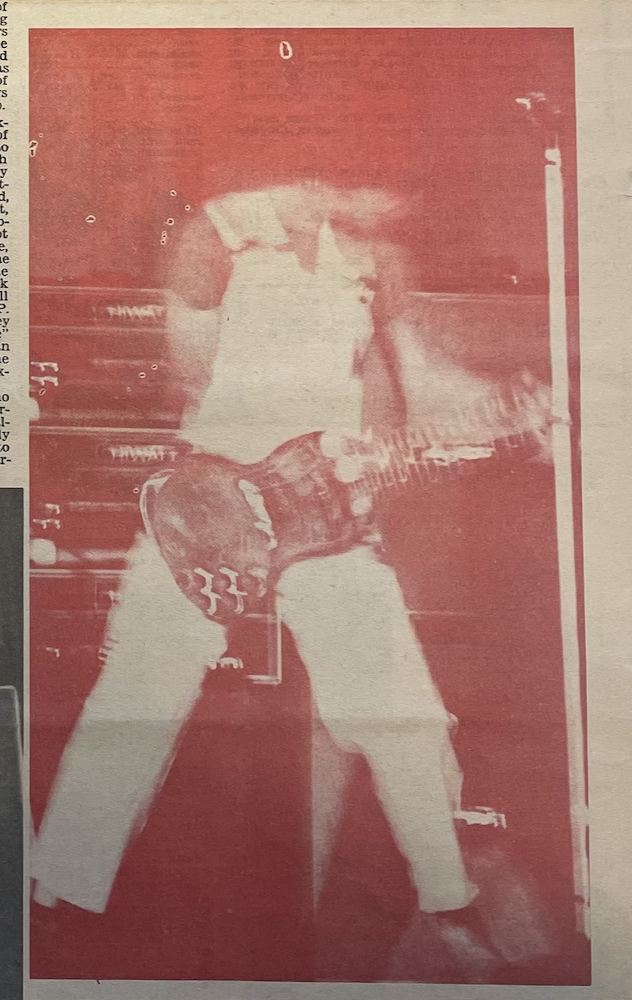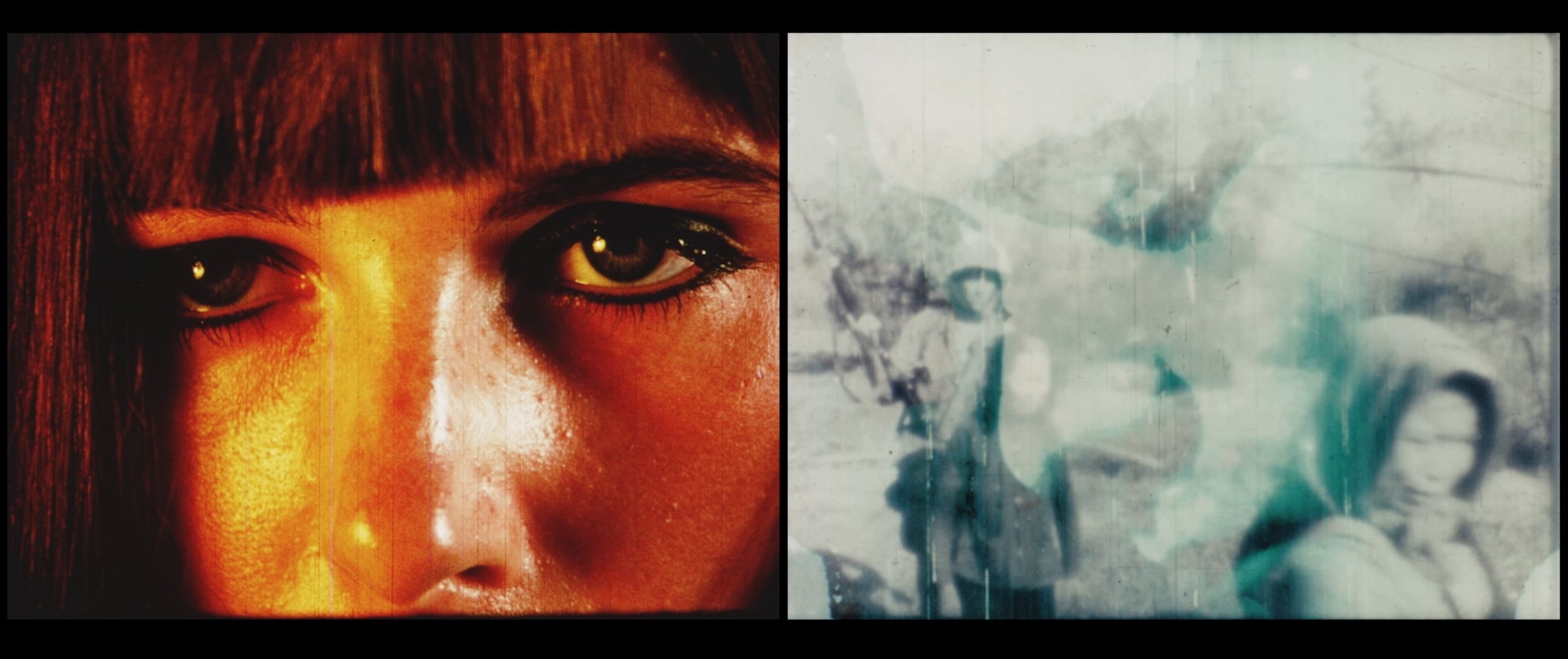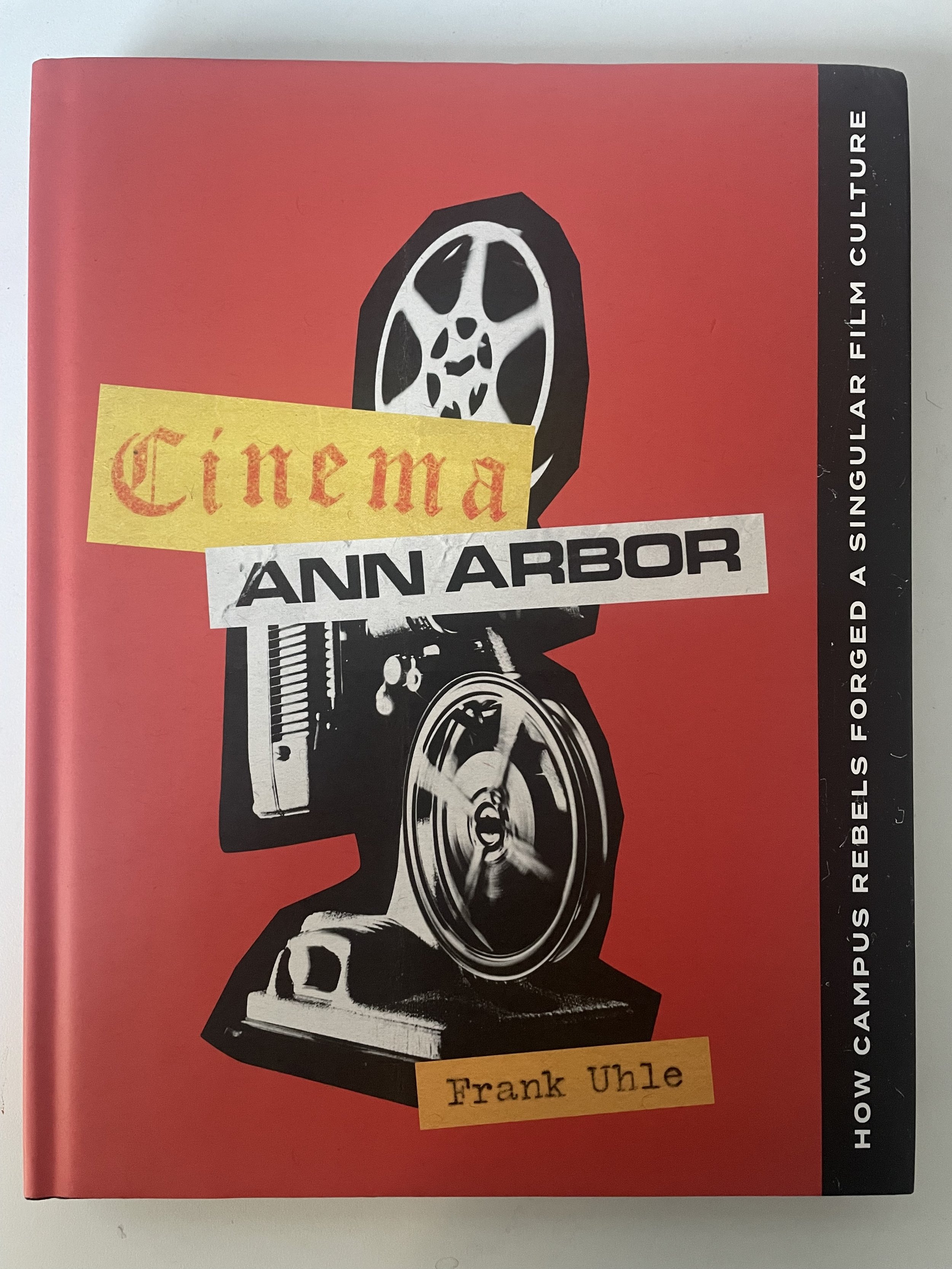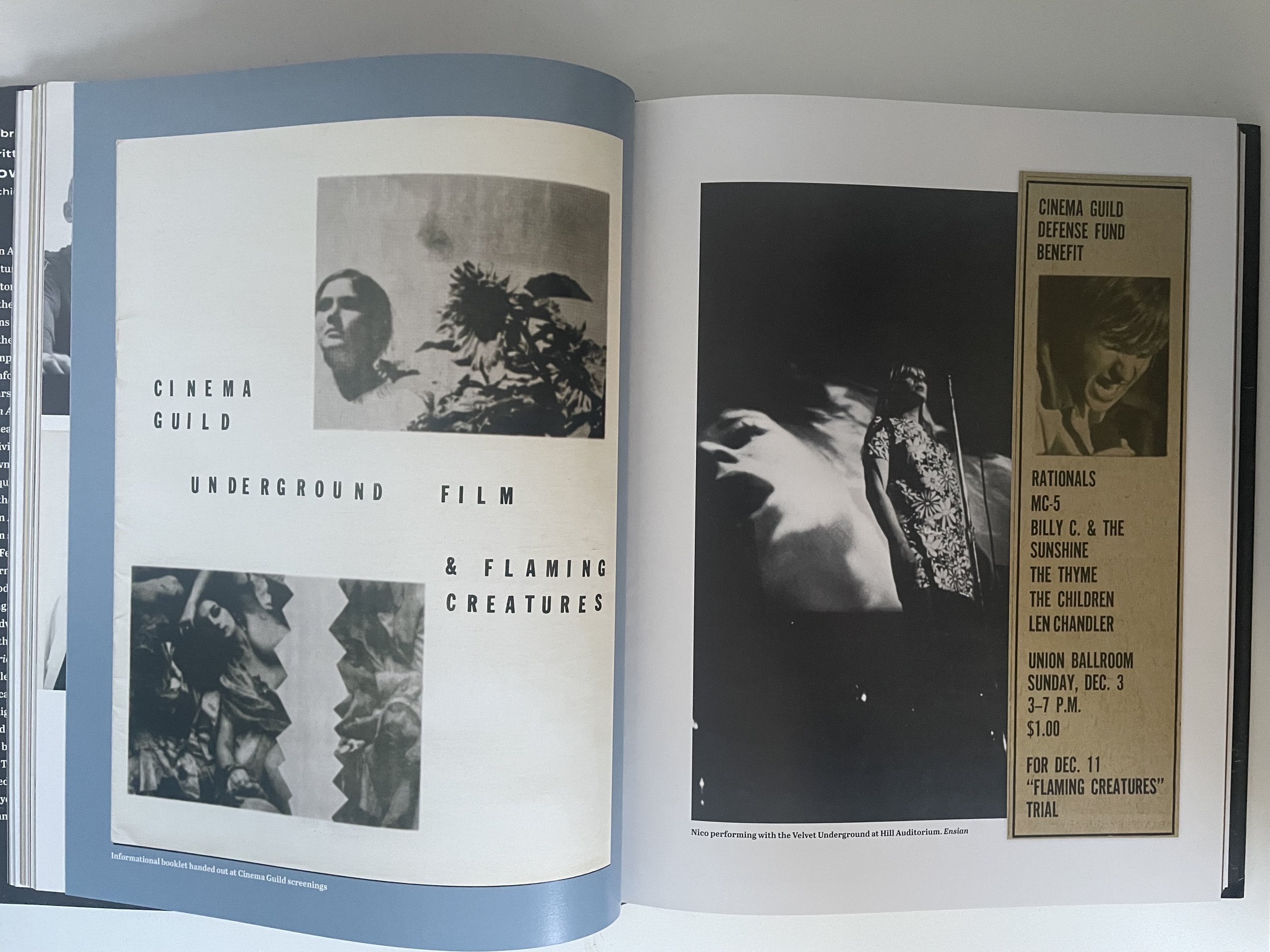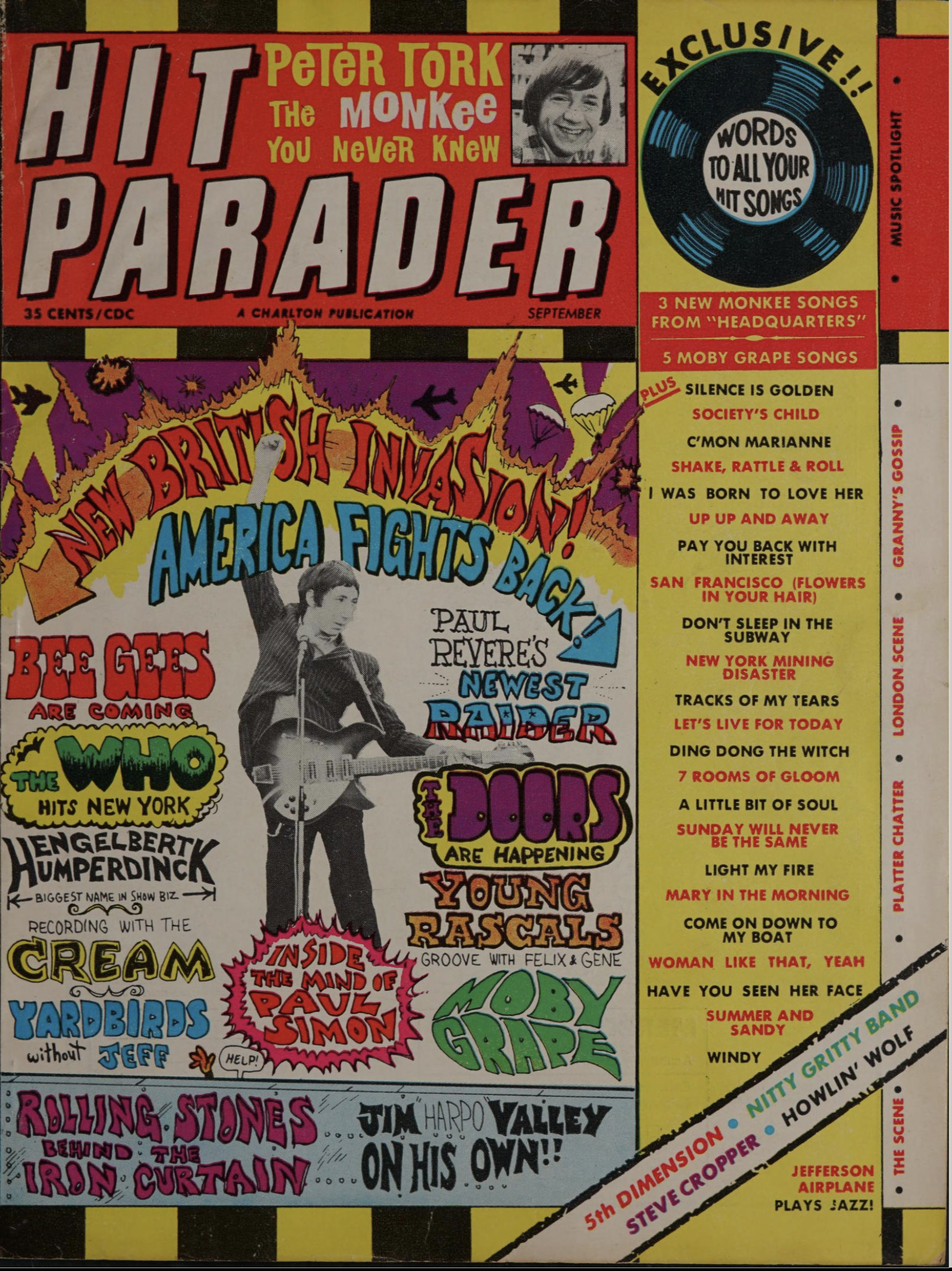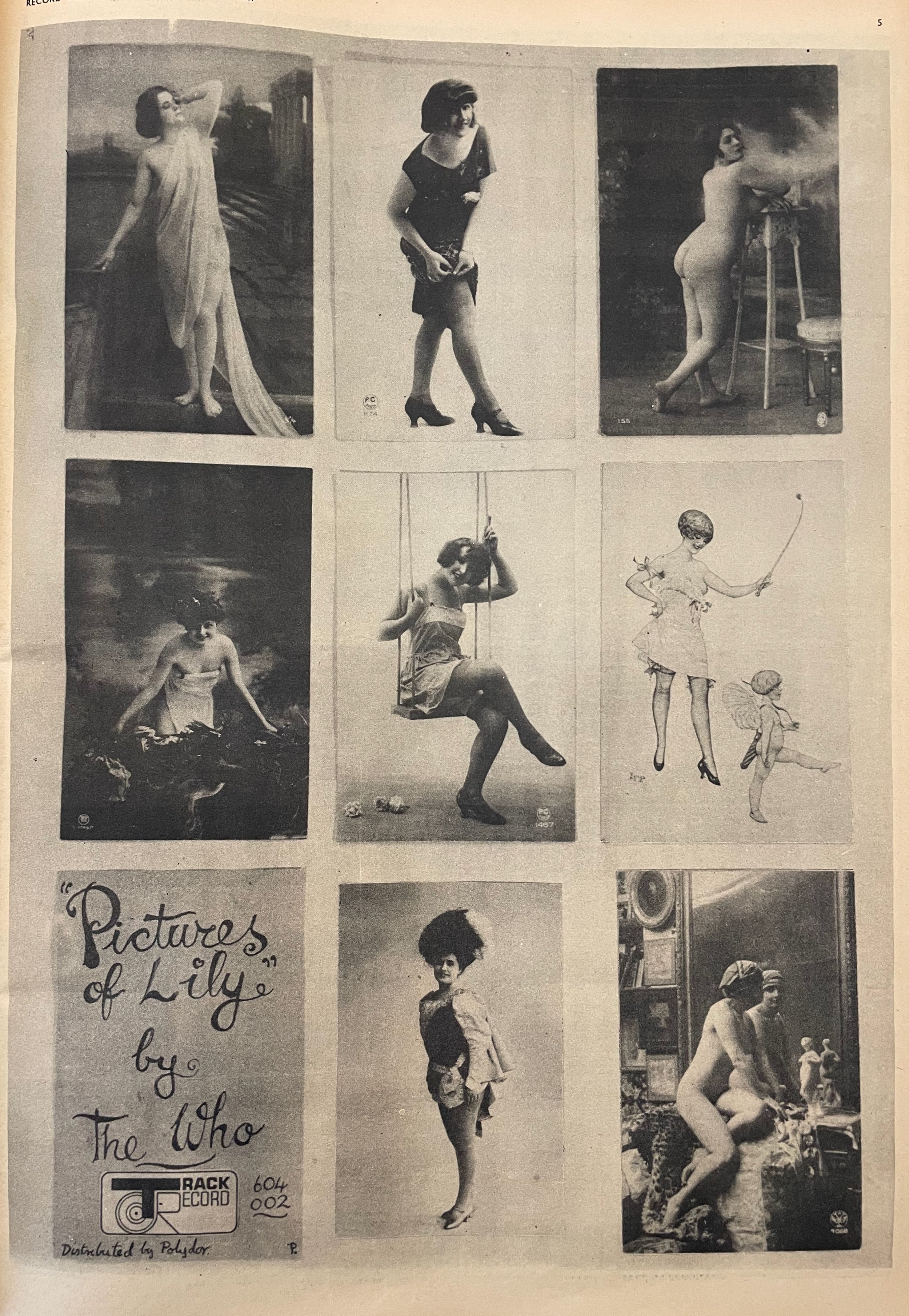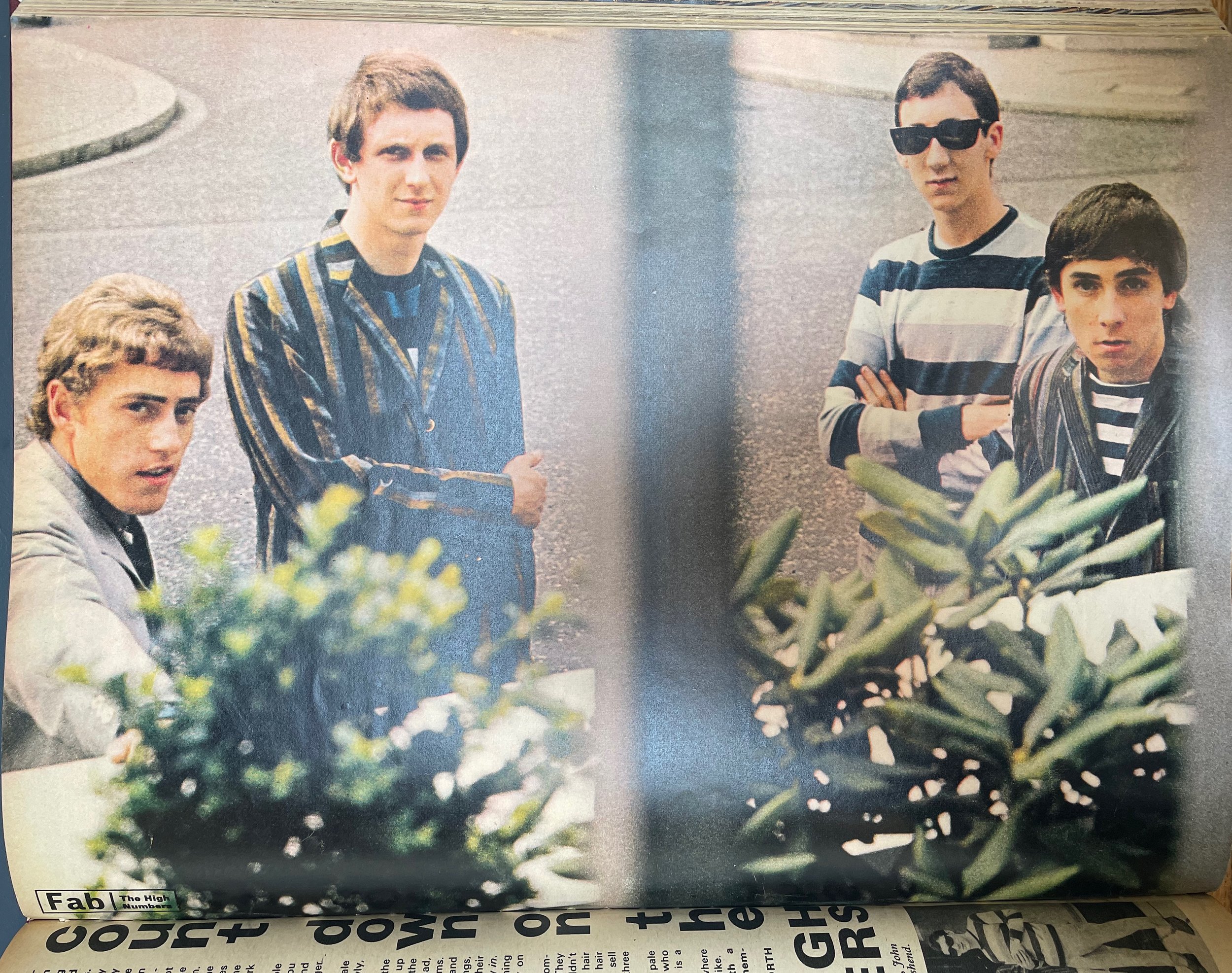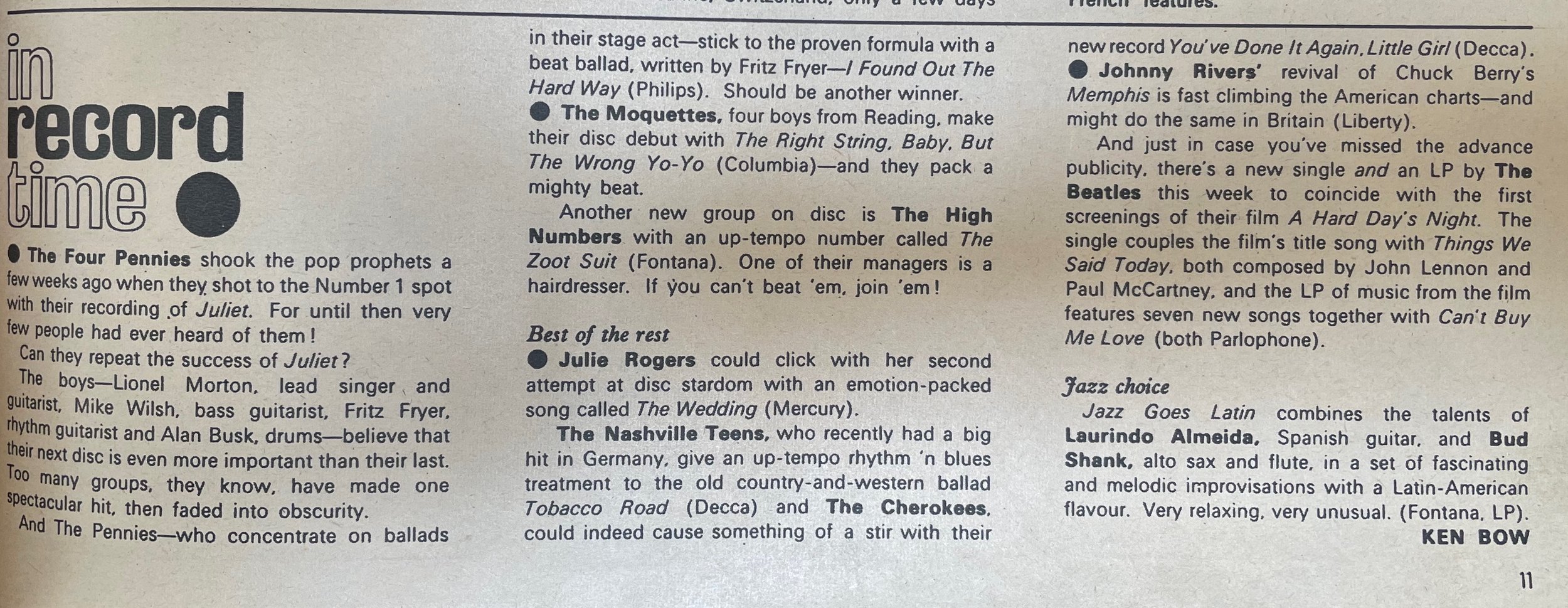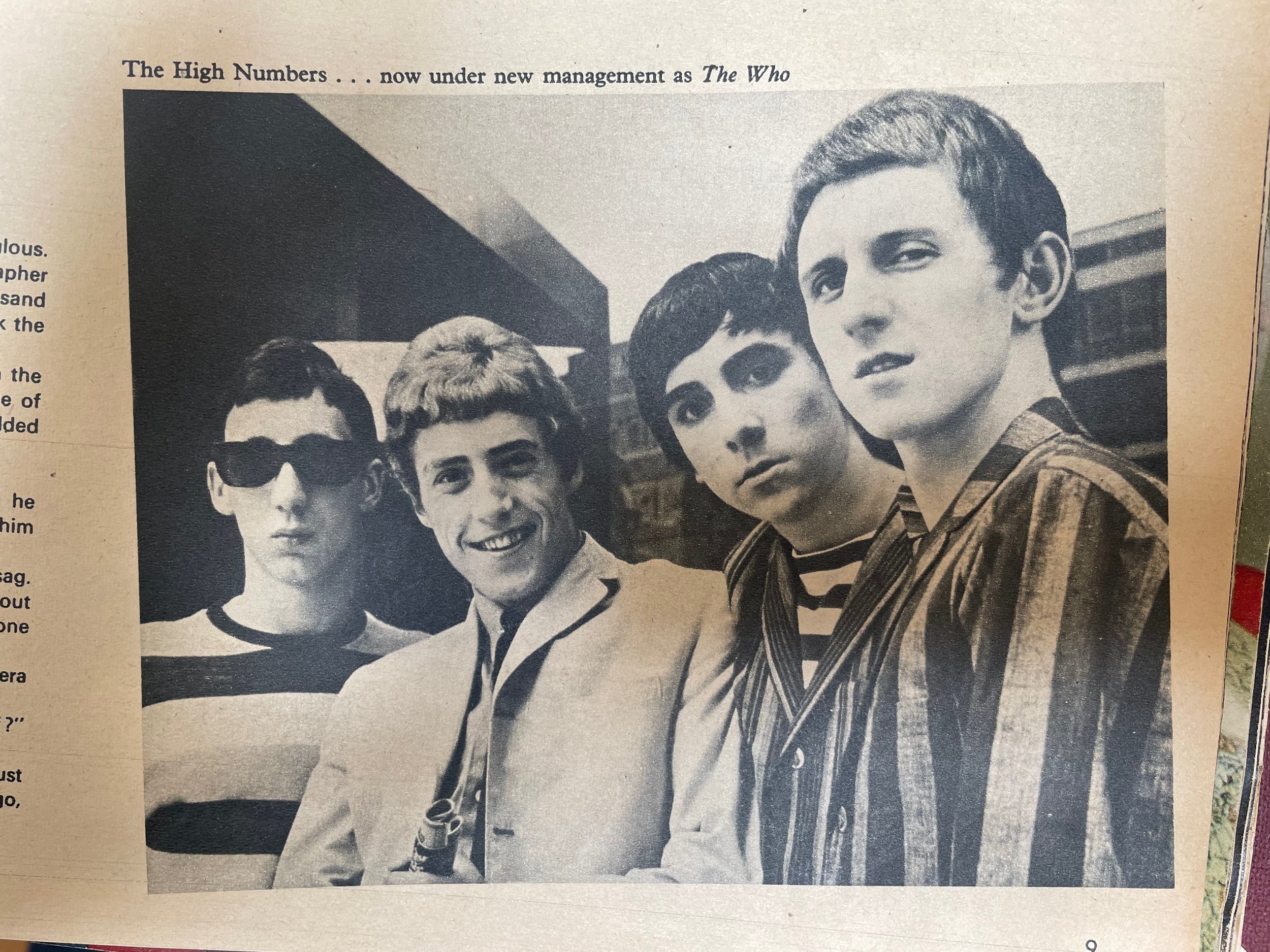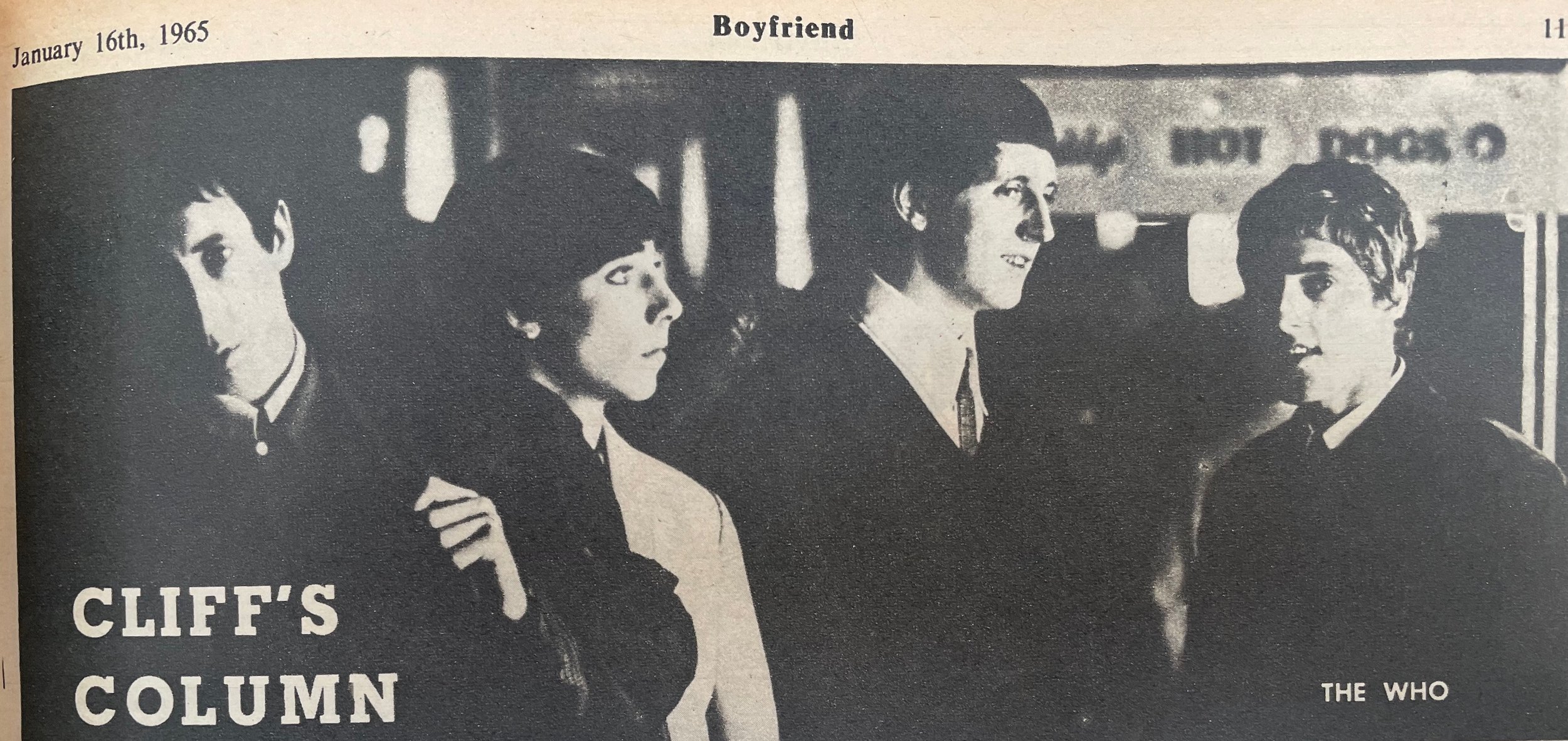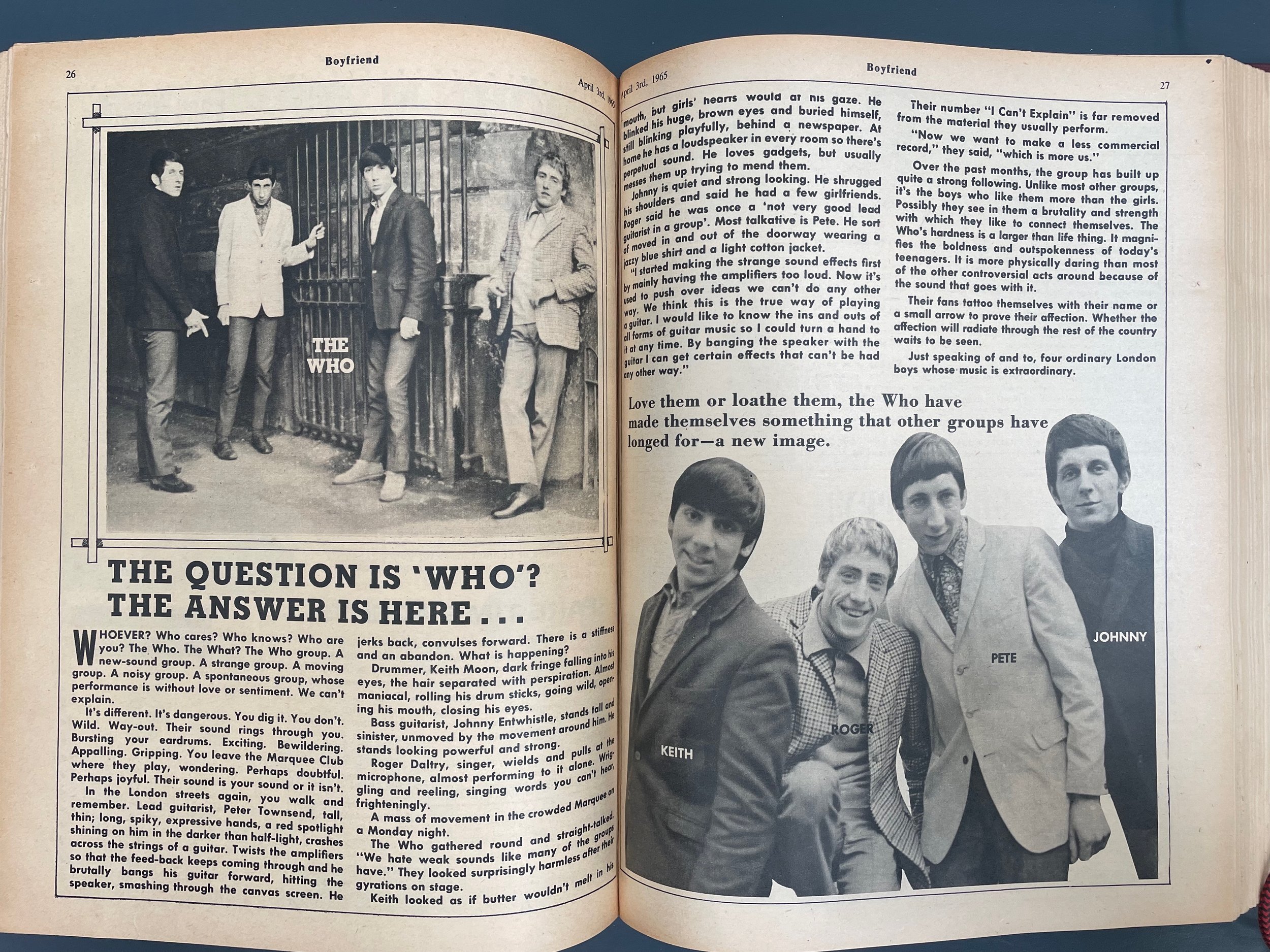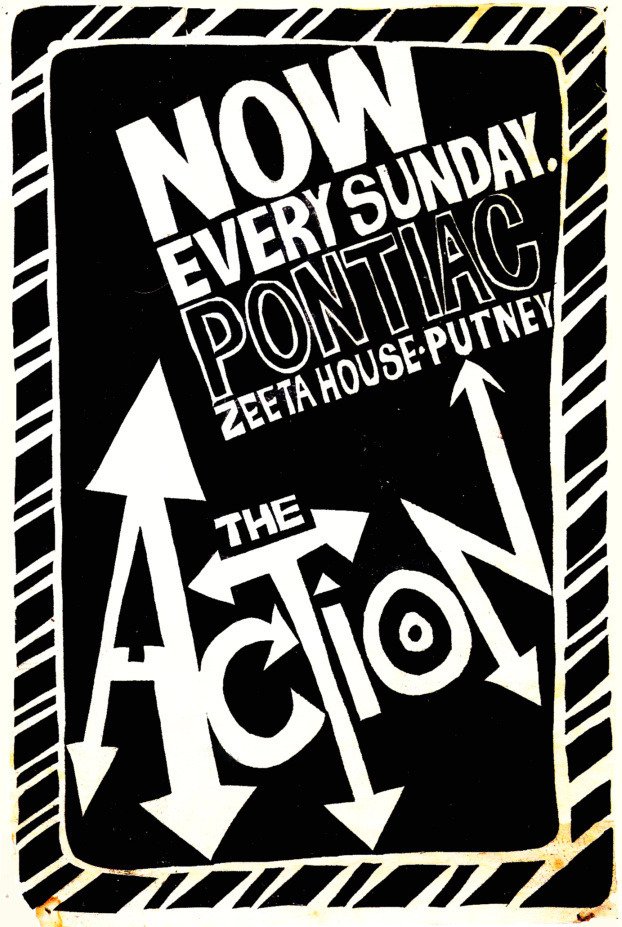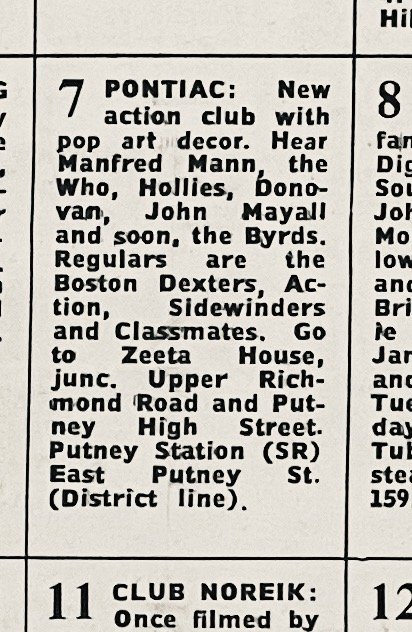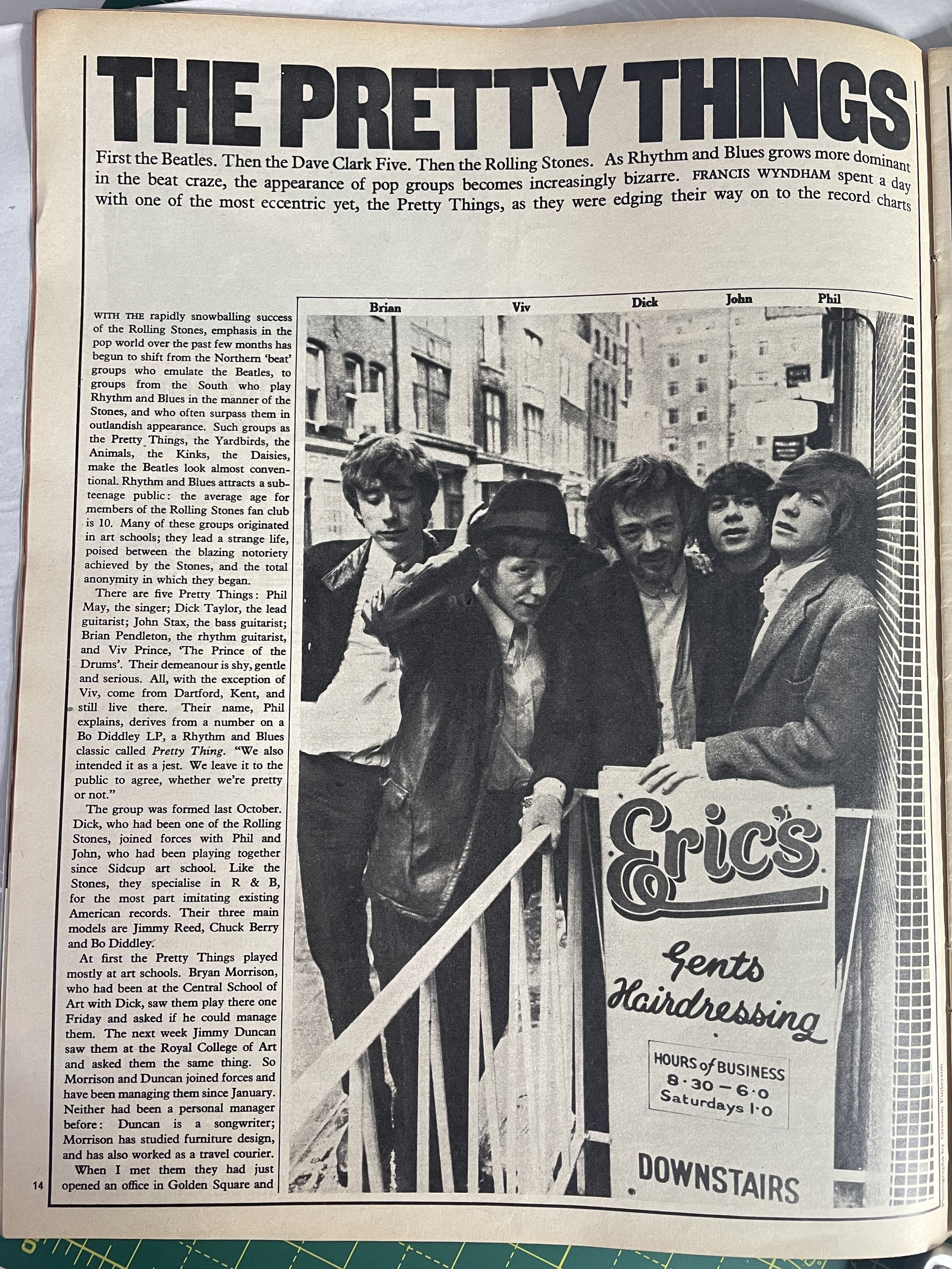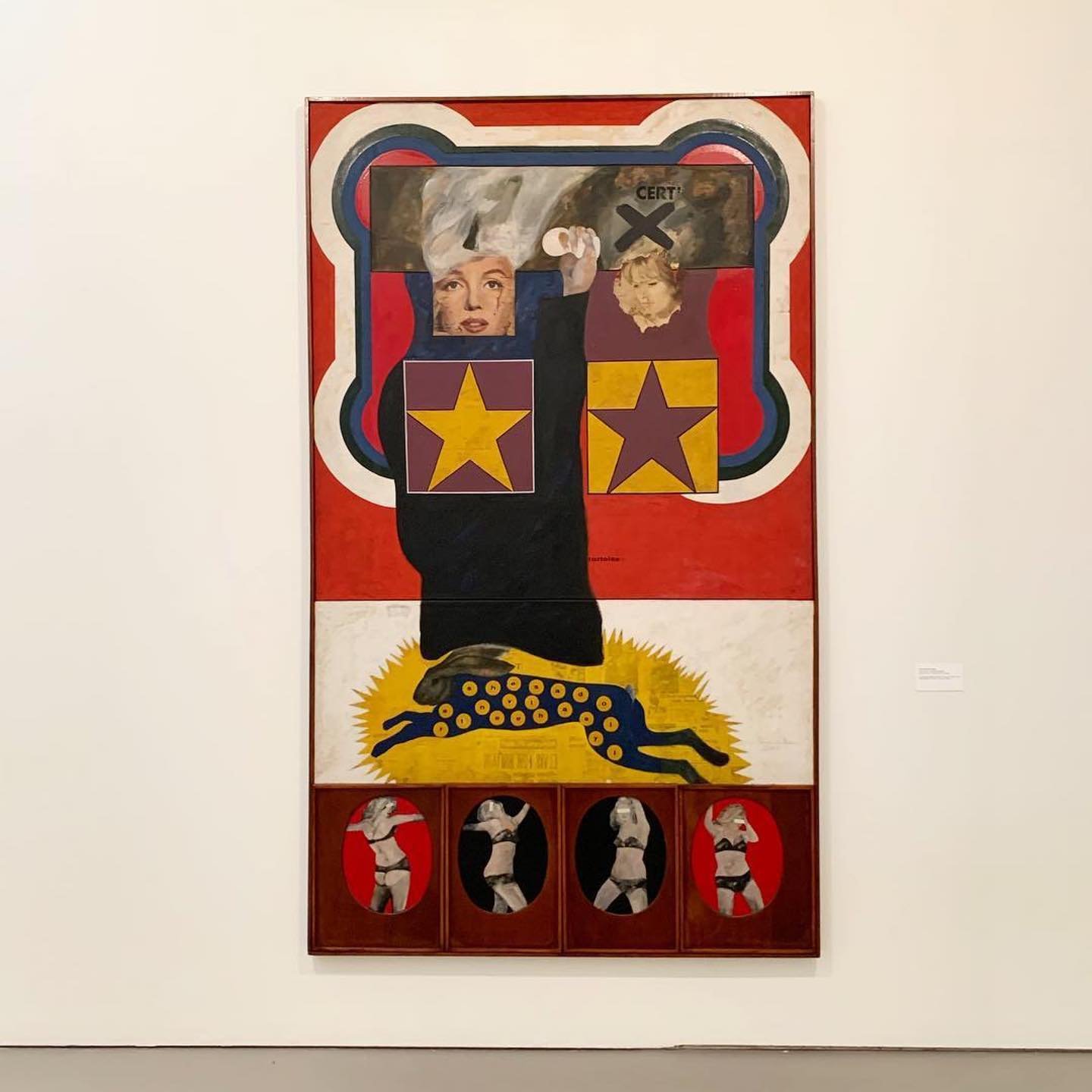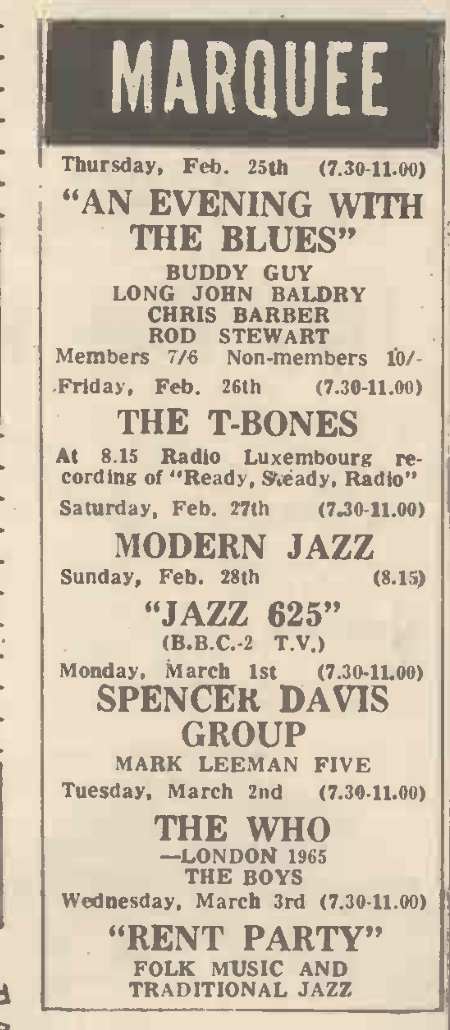Even with a songwriter of Townshend’s capabilities, the Who were never above appropriating a good tune when need demanded: ‘The Ox’ with the Surfaris’ ‘Waikiki Run’, ‘Substitute’ with Robb Storme’s ‘Where is My Girl’ and ‘Cobwebs and Strange’ with Tony Crombie’s ‘Eastern Journey’ are three that spring readily to mind. Moon and Entwistle’s ‘In the City’, b-side of ‘I’m a Boy’, is another, albeit of lesser known provenance, that’s worth noting.
I’ve written [here] about how the duo lovingly parodied surf and hot rod culture with ‘In the City’ by transposing California into London, but until I read Brian Chidester and Domenic Priore’s Pop Surf Culture I hadn’t known that they’d swiped the tune from Ronny and the Daytona’s ‘Hey little Girl’ [here] to give their take extra authenticity. Moon and Entwistle obviously had a liking for Nashville’s finest teen combo having covered ‘Bucket T’ on the Ready Steady Who ep. Both tracks had appeared on the album G.T.O., which wasn’t given a UK release though they had made it across the Atlantic as single cuts on the Stateside label. Whatever the legal niceties or ethics of the Who’s ‘rewrites’ you got to admit they had great taste in pop’s happening sounds . . .
Pop Surf Culture not only led me to score a copy of G.T.O. but also the Wax ‘Em Down comp, which is choc-full of killer tunes that come wrapped in a sleeve copped from an issue of Sports Illustrated that featured on its cover two hot rodders in Ed Big Daddy shirts . . . way cool









